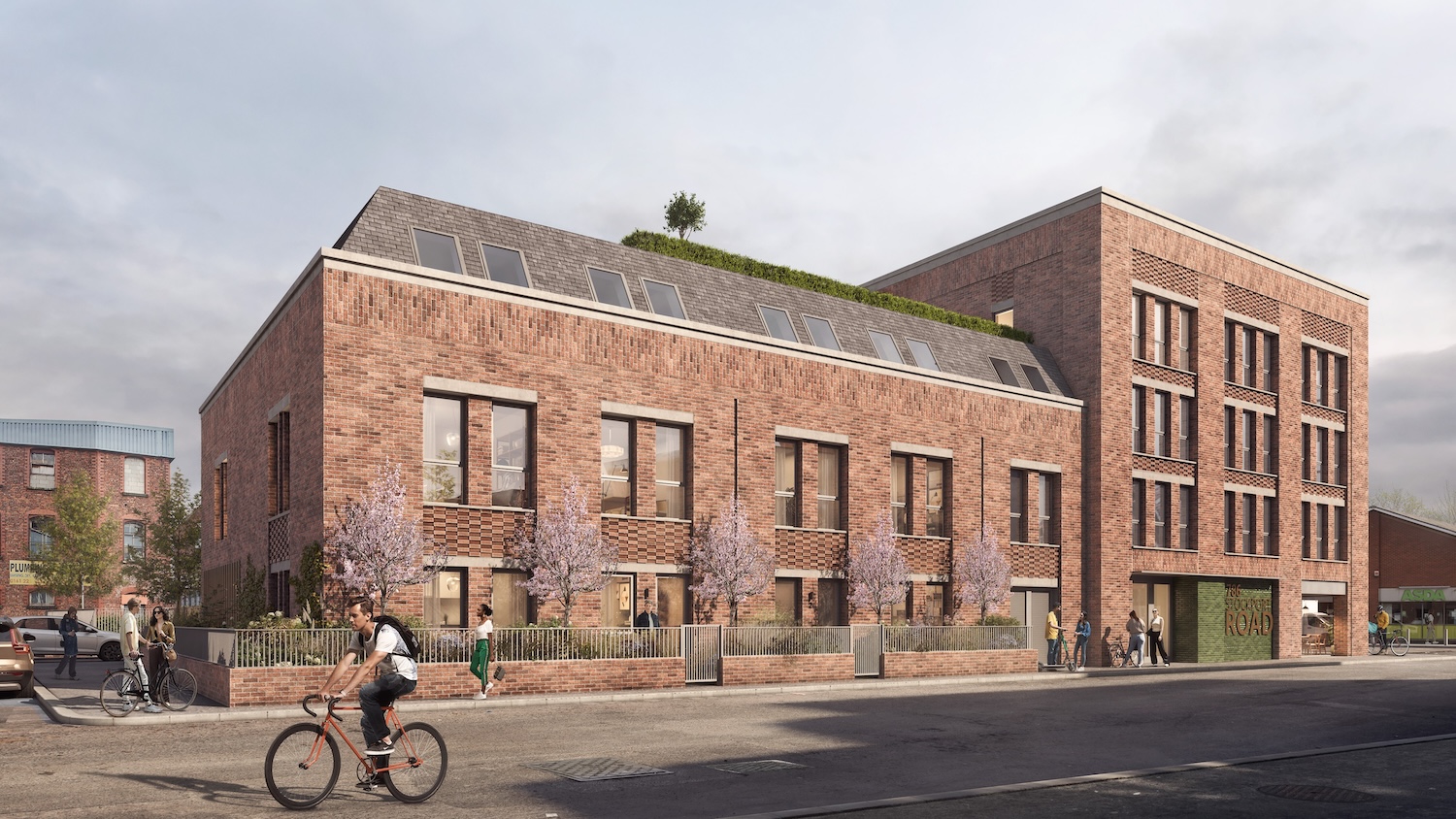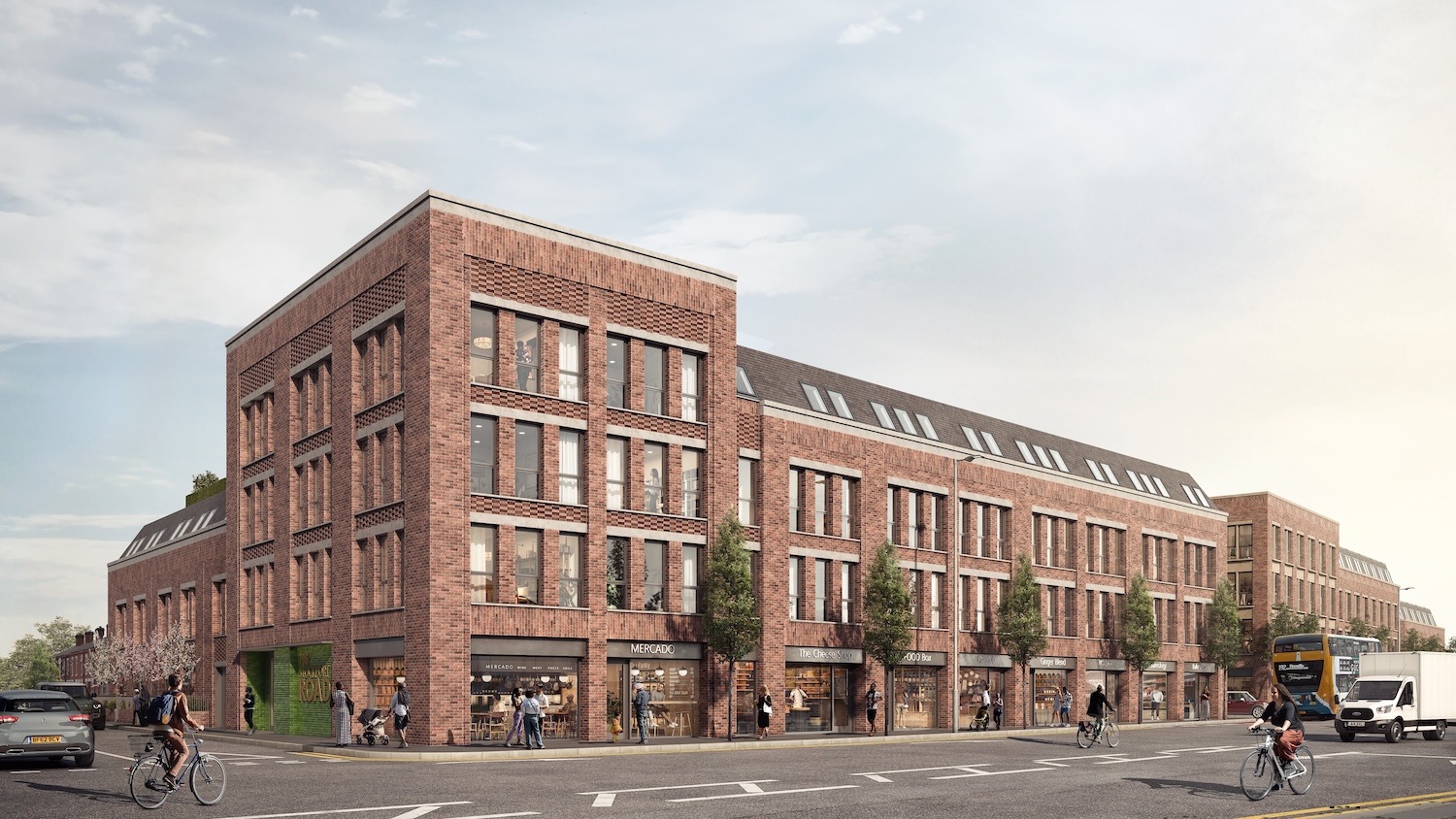This is Levenshulme
Railways changed everything. When the first passenger railway station in the world opened on Liverpool Road in central Manchester on 15 September 1830, Britain began the move from rural to urban. Right off, the railways headed south to connect to London through the industrial Midlands. Levenshulme would soon boast two railway stations, and the once rural township acquired a grand townhall.
Sunny Lowry, the first woman to swim the English Channel, trained in its public baths, sadly now closed. Levenshulme persuaded the American steel magnate Andrew Carnegie to pay for a handsome public library. Levenshulme has always been proud of its distinct identity.

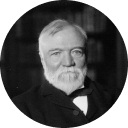
Anyone who is inclined to believe the premature reporting of the death of the high street in Britain hasn’t visited Stockport Road recently.
The A6 through Longsight and Levenshulme is a thriving, constantly refreshing axis of business and leisure, of consumption and trade. Maybe South Asian and Eastern shops, cafés and restaurants, Halal butchers and Polish convenience stores don’t suit everyone’s tastes, but the busy pavements of Levenshulme are constantly alive to new trades, trends and offers.
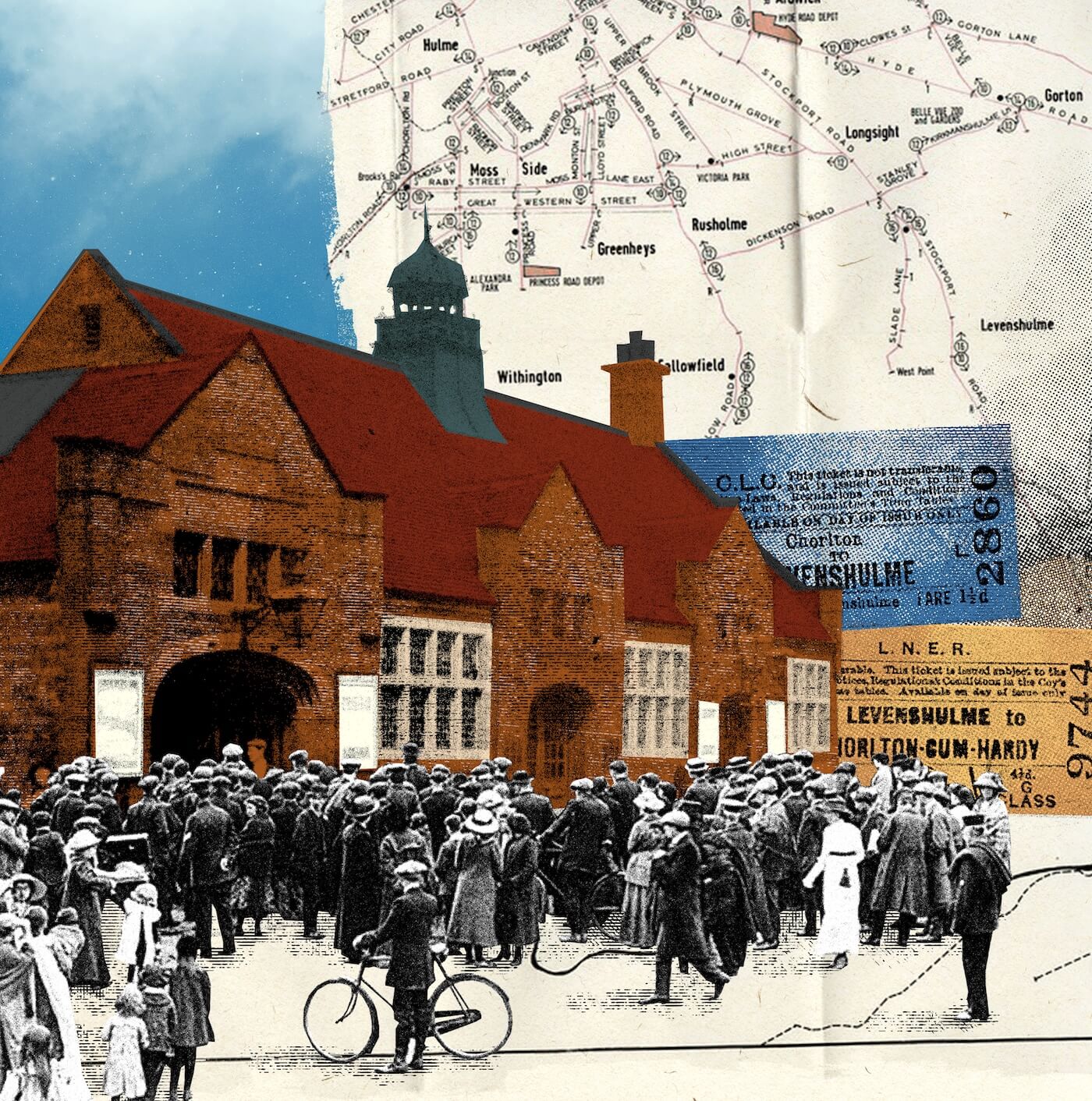
And Levenshulme and Longsight have always built themselves with some distinction, from the many and various churches and places of worship to the numerous banks and pubs.
Whilst much of the housing moving south from Crow Croft Park and across Matthews Lane and west to Slade Lane is late Victorian workers terraces, there are some interesting villas, cottages, and even an Elizabethan Hall dating from 1585 (much altered) in the Rushford Park conservation area.

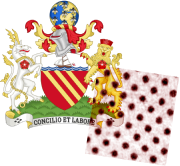
“Manchester by architectural history” by John Parkinson-Bailey, published in 2000 was the first comprehensive look at the city’s architecture, from Romans to late twentieth century.
Parkinson-Bailey lived in Rushford Park Levenshulme and was proud of his neighbourhood. If he had walked from his house on Park Avenue to Stockport Road, he’d have passed under the railway line, heading into Levenshulme on its way to Crewe.
John Parkinson-Bailey, architectural historian, would have walked past 4 Crescent Grove, an unassuming two-up-two-down semi with small gardens front and back that was home for the first 26 years of his life (1935 – 1961) to Baron Foster of Thames Bank, plain Norman Foster only child of Robert and Lilian Foster, now at 88 years of age, the most successful and celebrated architect of his generation (Apple Park, the Reichstag, Great Court of the British Museum) and head of the biggest architectural firm in Europe.

It would be daft to argue that Norman Foster’s career was inspired by what he saw from his bike, as he cycled to Burnage High School on Burnage Lane; or as he took the 92 bus along Stockport Road to his first job at Manchester Town Hall.
But Lord Foster has repeatedly acknowledged the inspiration from the architectural books he borrowed from Levenshulme Library.
Among these library books were editions of The Buildings of England, originally edited by the art and architectural historian Sir Nikolaus Pevsner. These famous and best-selling reference books were first published in the 1950s. They have been updated and extended, with new city-based paperbacks in more recent years. The first city Pevsner was Manchester (2001). The editor in chief is Clare Hartwell. Clare lived on Stockport Road in Levenshulme for twenty years.
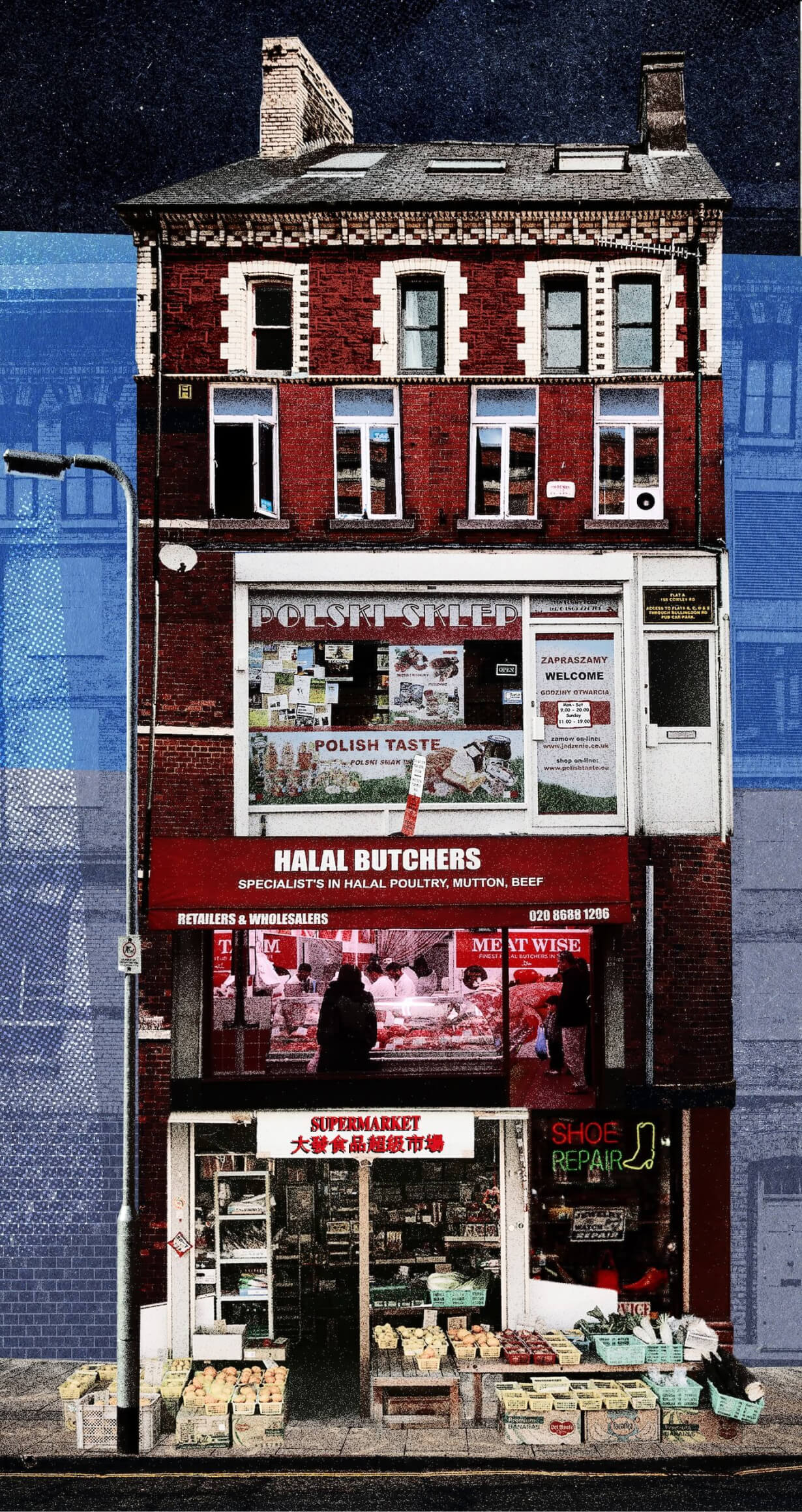
You don’t have to be an architecture buff, or an enthusiast for the antiques in Levenshulme Antiques Market, or an enthusiastic consumer of south Asian and Eastern cuisine, or the craft ales and wines available the length of the road, to know that Levenshulme is special.
The buzz is special, the aromas are special, and the atmosphere is unique to the township that thrived when the railways came through, and continues to flourish as we find new and exciting ways to live in our ever-evolving cities.
This is 788 Stockport Road
Asset type
Asset type
Mixed use
Quantum
Quantum
69 homes, 18 retail units
Status
Status
Planning
Architect
Architect
Ollier Smurthwaite
Planning consultants
Planning consultants
Avison Young
Transport
Transport
Curtins
